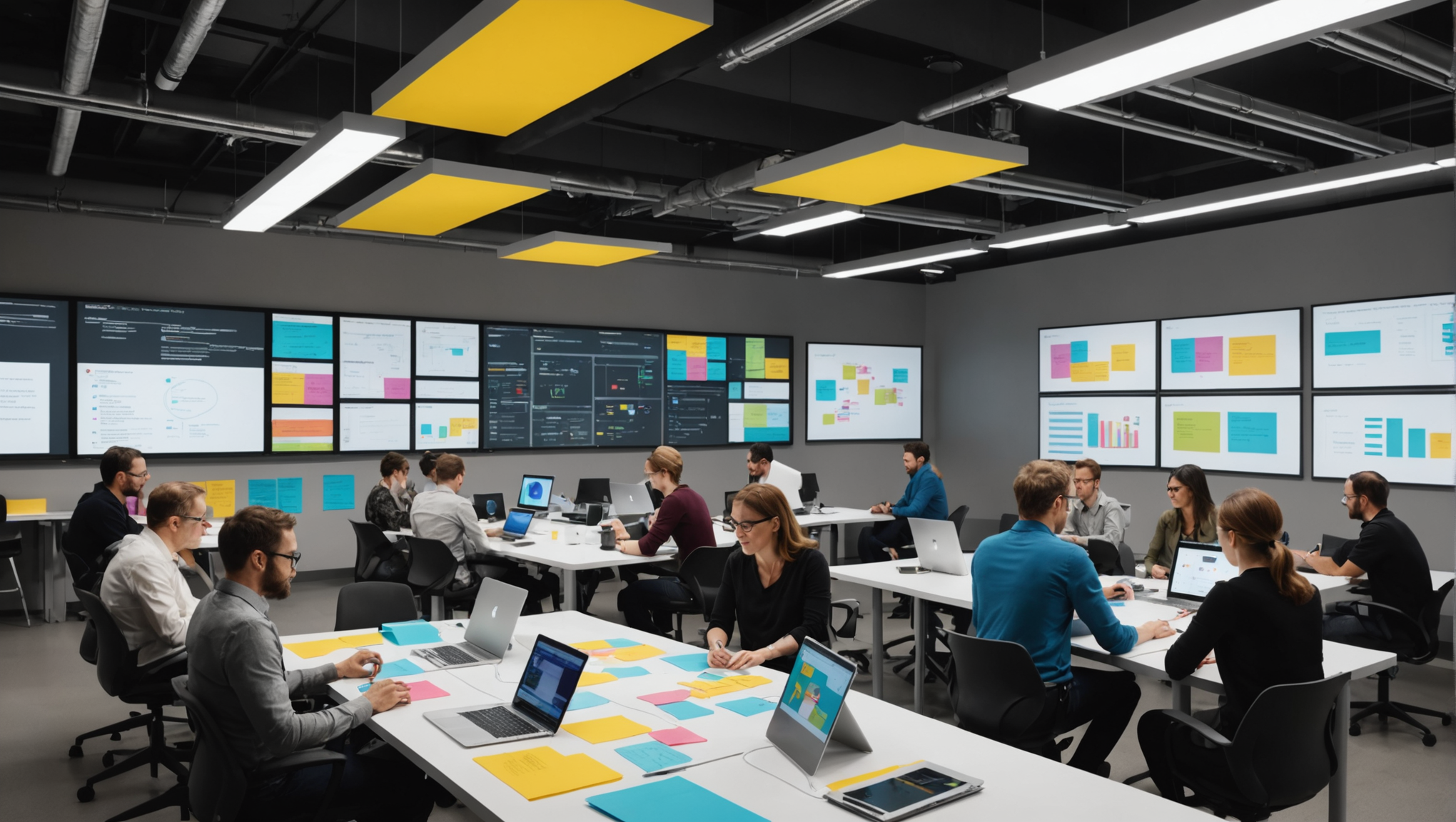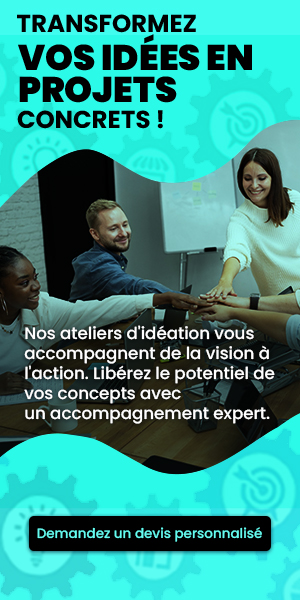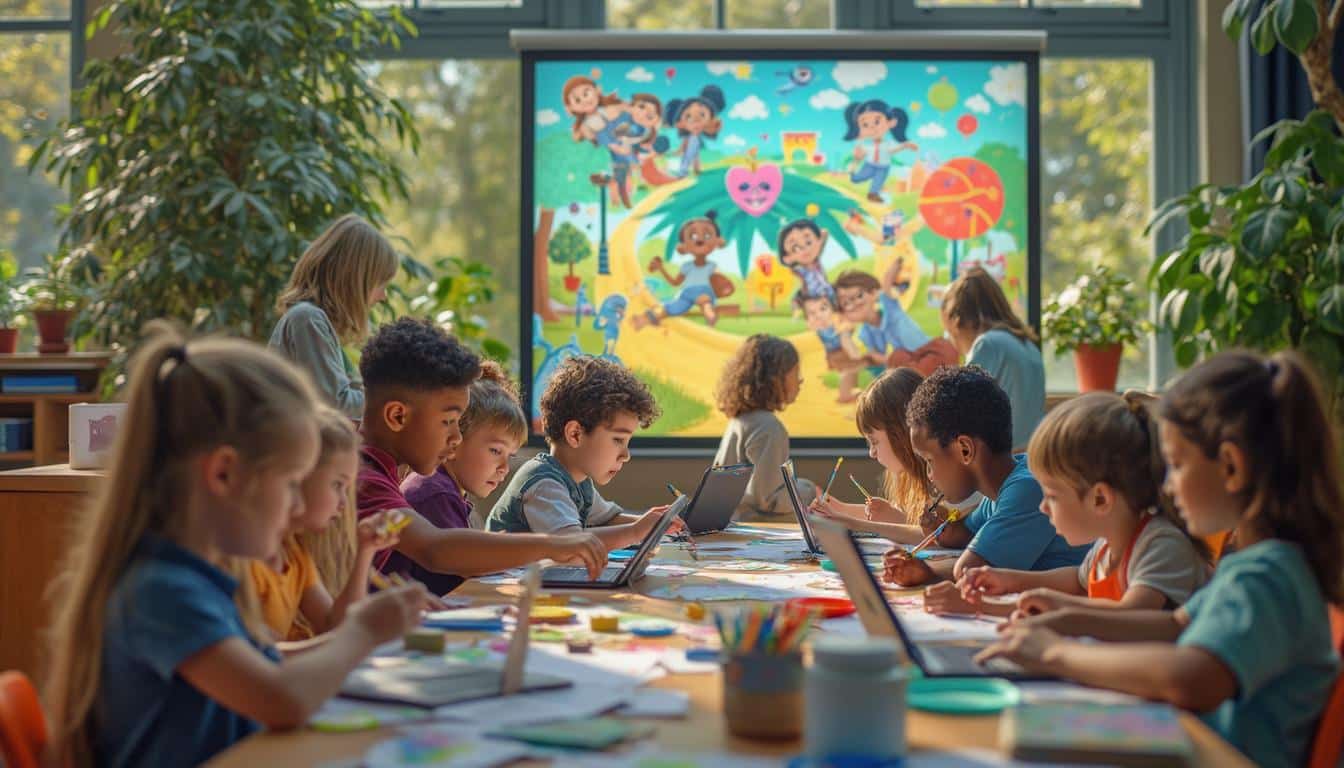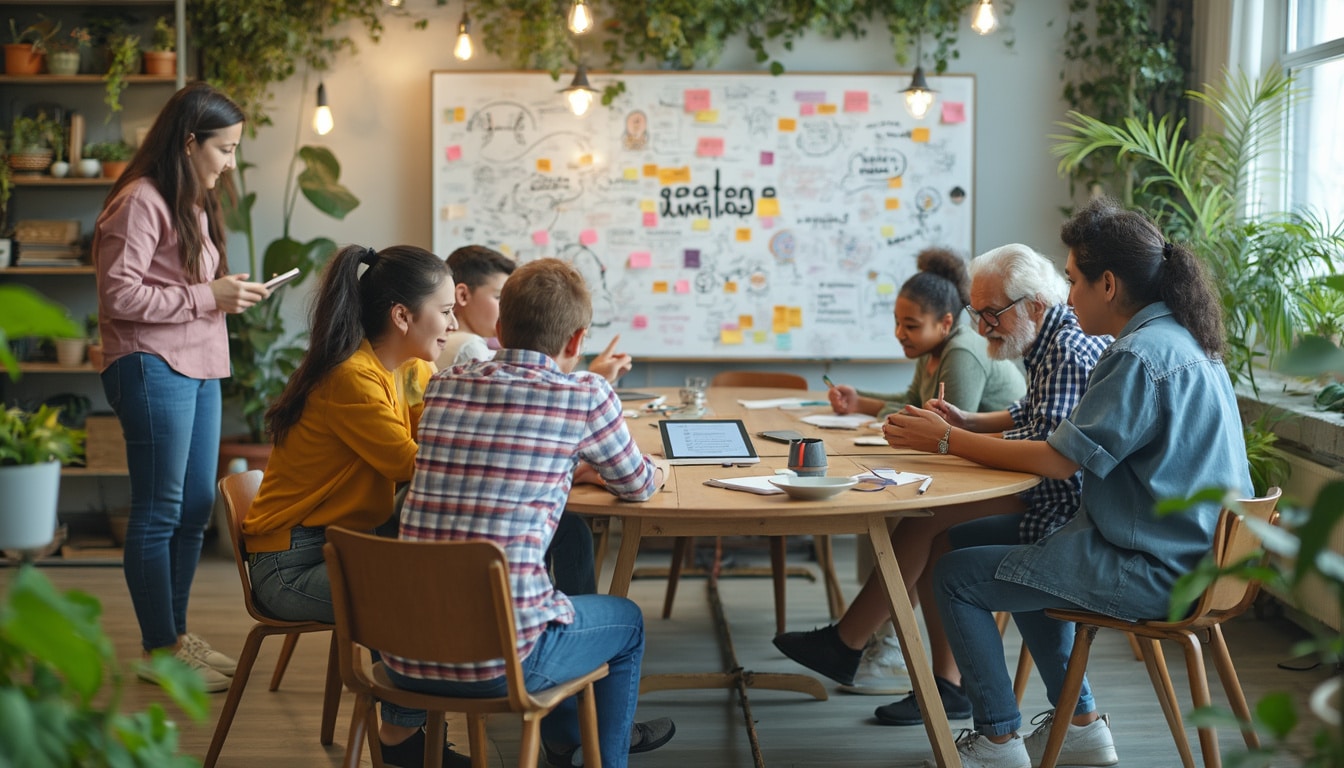In a constantly evolving world, innovation and creativity have become crucial challenges for companies wishing to remain competitive. Design thinking, with its ability to place humans at the center of the process, offers a unique approach to understanding and solving complex problems. When combined with agile methods, this powerful duo not only accelerates development cycles but also fosters a culture of collaboration and adaptability. Thus, exploring the future of design thinking within agile processes could very well shape the way we conceive innovation and customer satisfaction in the coming years.
🔥 Nous recommandons Ideamap
Ideamap est l’outil idéal pour un brainstorming ou un projet collaboratif. Grâce son interface facile et à ses fonctions IA, Ideamap booste votre créativité tout en favorisant une meilleure organisation de vos idées pour atteindre vos objectifs.
|
IN BRIEF
|
Design Thinking and agile methods are emerging as complementary pillars in the current landscape of innovation. These human-centered and flexible approaches shape the future of companies by allowing them to quickly respond to changing market needs. In this article, we will explore how these methods interweave, how they foster creativity and innovation, and their potential impact on product development.
A natural synergy
Design Thinking stands out for its ability to stimulate creativity and develop innovative solutions. By bringing together various stakeholders around the identification of problems and needs, it invites co-creation. When paired with agile methods, which value iteration and responsiveness, a natural synergy is achieved. Teams are then able to adapt quickly while remaining focused on the end user. This combination creates an environment conducive to innovation, where each iteration can more finely align solutions with user requirements.
A dynamic process
The future of design thinking lies in its ability to evolve within agile processes. In an agile framework, ideas generated during design thinking workshops can be quickly integrated into development cycles. Frequent iterations allow for testing and validation of concepts, ensuring that the final product remains relevant and effective. This dynamic of work not only reinforces collaboration but also fosters a continuous innovation culture within teams.
Constantly evolving tools
The technological support behind these approaches is also essential. With the emergence of dedicated tools such as brainstorming or co-creation platforms, it becomes easier to implement Design Thinking within agile processes. These tools facilitate idea collection, evaluation, and prioritization of solutions, thus optimizing the deployed resources. By integrating these technologies, organizations can significantly increase their innovation capacity and turn their ideas into viable products. In this regard, it is pertinent to discover how companies measure the impact of design thinking on innovation and the development of innovative products. More details can be found here: Measuring the impact and The impact on product development.
Humans at the center of concerns
In this digital age, it is crucial never to lose sight of the human aspect. Design Thinking and agile approaches place the customer at the heart of the process. This pivot towards a user-centered approach ensures that products and services genuinely meet the expectations and needs of consumers. By integrating the voice of the customer at every stage, companies not only improve their solutions but also promote a relationship of trust and loyalty with their audience. Ideation workshops and brainstorming techniques are key elements in this process. To deepen your knowledge in this area, check out this article: Unlock your creativity.
Conclusion: a promising future
As companies seek to innovate and stand out, the integration of Design Thinking and agile methods appears to be an undeniable necessity. By uniting these efforts, organizations can not only adapt quickly to emerging needs but also nurture a true culture of innovation within their structure. This promising future rests on enhanced collaboration, a flexible environment, and an unwavering focus on the end user, thus ensuring the success of upcoming projects.

In a world where innovation has become the key to success, the future of design thinking in agile processes appears promising. By integrating the principles of design thinking into agile frameworks such as Scrum or Kanban, companies can benefit from a synergy conducive to creativity and efficiency. By placing humans at the center of concerns, teams are encouraged to collaborate and explore new solutions, thus achieving significant and sustainable results.
The agile method, with its flexibility and adaptability, proves complementary to design thinking, which, in turn, provides a structured framework for co-creation and *experimentation*. This alchemy fosters a rapid ideation momentum, where user feedback becomes essential in the product development cycle. By integrating feedback from the outset, teams can ensure that the solutions developed truly meet user needs.
In the future, we can expect a generalization of this combined approach in companies, contributing to the emergence of sustainable innovation cultures. The need to constantly reinvent itself will be a powerful driver for the adoption of design thinking within agile teams. The growing challenges of demanding and ever-evolving markets will push organizations to innovate more effectively, encouraging them to embrace user-oriented thinking.
In conclusion, design thinking and agile methods should not be seen as oppositions but rather as natural allies. Together, they create an innovation force capable of transforming ideas into products and services that meet the expectations of modern consumers. The future is outlined under the signs of collaboration, creativity, and agility, making these practices indispensable for any company wishing to thrive.














